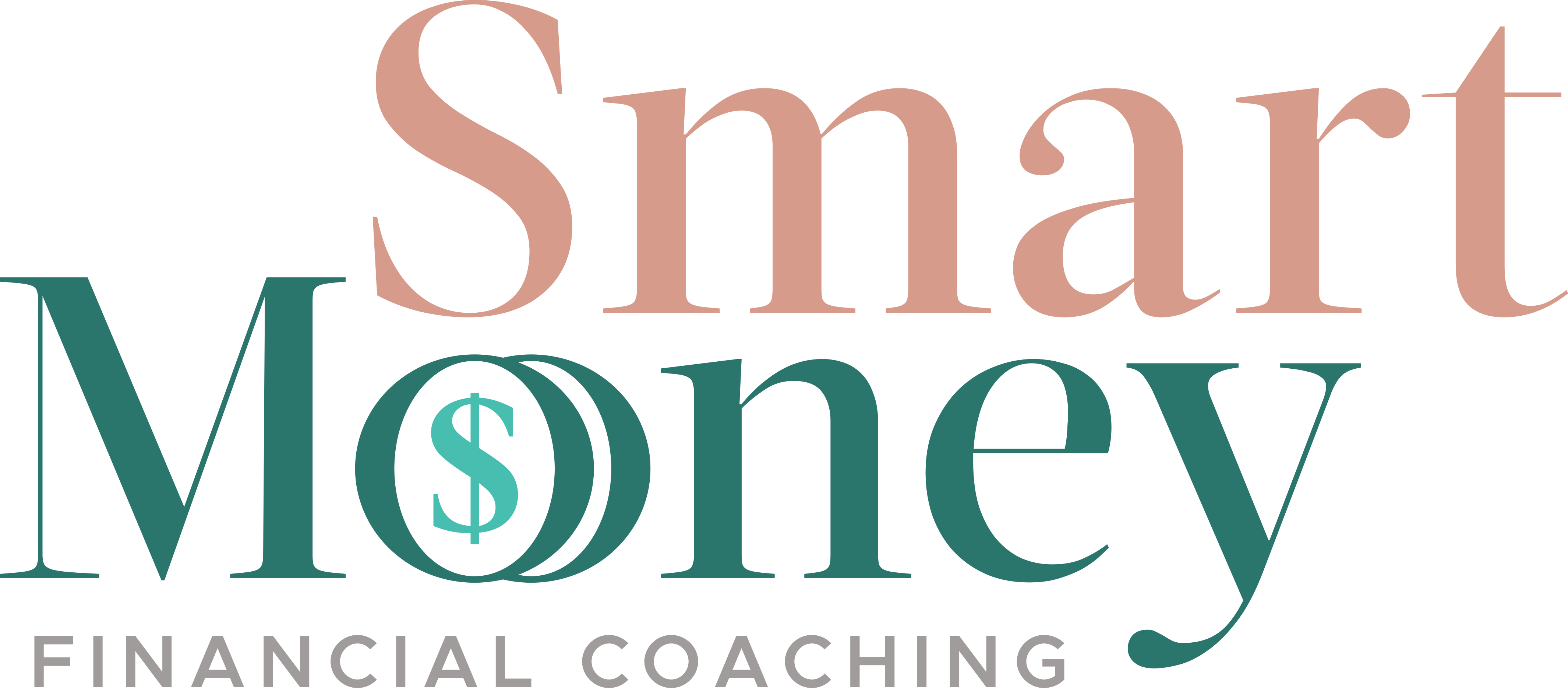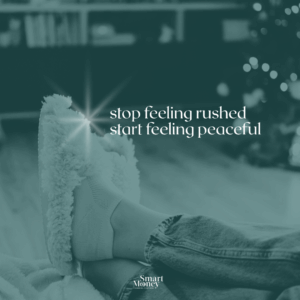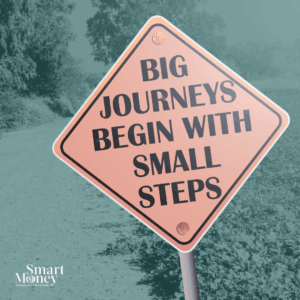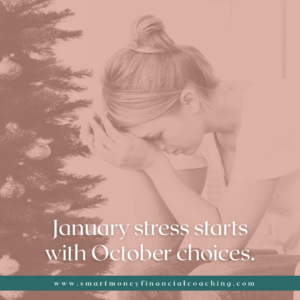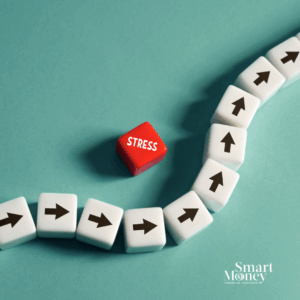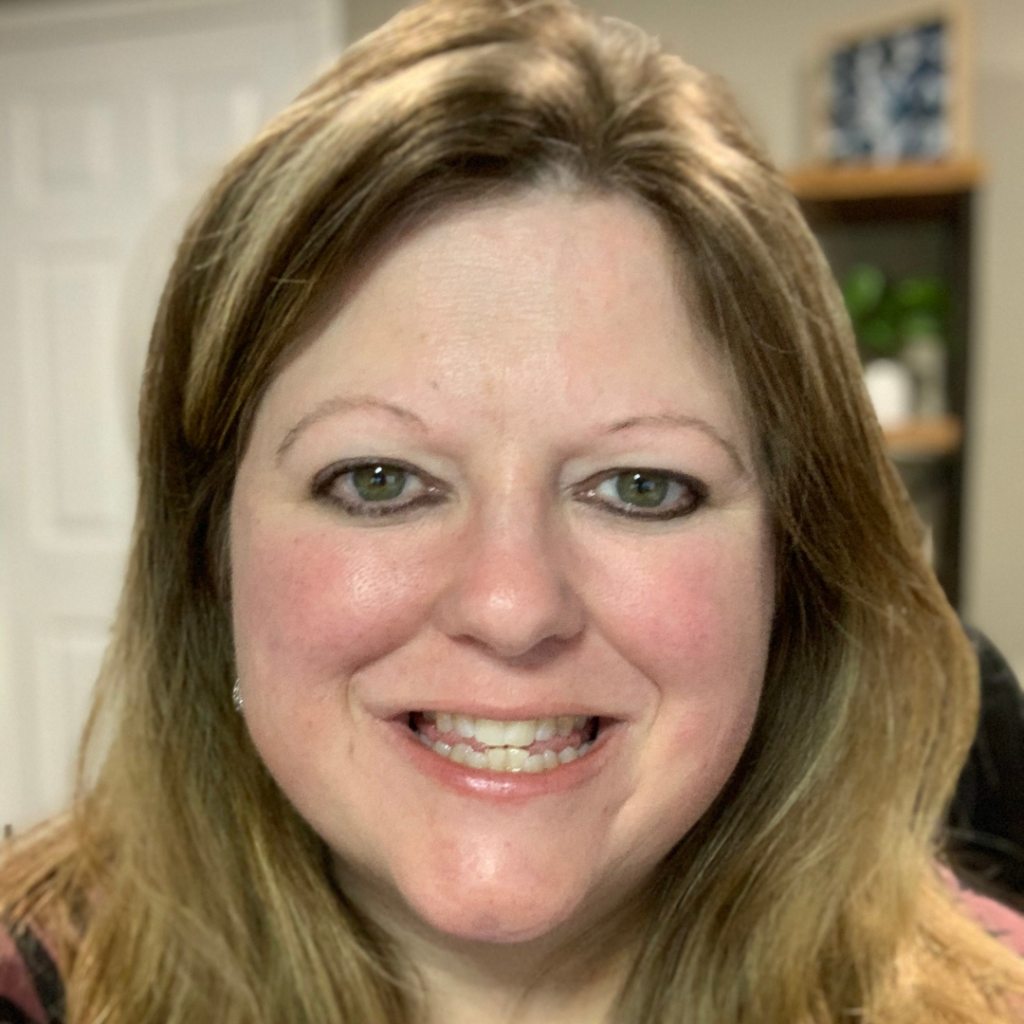High-interest credit card debt can be incredibly frustrating. You’re making payments every month, but the balance barely moves—and it feels like nothing is changing.
At a 29% interest rate, a big chunk of your payment goes to interest before it ever reaches your balance. That’s what makes it so frustrating: you’re doing the right thing, but it doesn’t seem to help.
What Counts as High-Interest Debt?
For this blog, I’m using “high-interest debt” to mean anything with an interest rate above 10%. That includes:
-
Most credit cards (typically between 22%–30%+)
-
Store financing after a promotional period ends (often over 30%)
-
Many Buy Now, Pay Later balances—especially if payments are missed
-
Personal loans from non-traditional lenders
According to the Federal Reserve, as of February 2025, the average credit card interest rate across all accounts is 21.37%, and for accounts assessed interest, it’s 21.91%. In my coaching work, I often see interest rates closer to 29%, especially on store cards and personal credit cards.
If you’re carrying one or more of these debts, you’re not alone—and understanding how they work is the first step toward changing how you deal with them.
Why the Balance Doesn’t Budge
Let’s look at what this actually means in practice.
Say you owe $900 on a credit card.
Your minimum payment is $35/month.
-
Payment: $35
-
Interest: $21.75
-
Principal: $13.25
-
New balance: $886.75
You paid $35, and only $13.25 went to the actual balance.
Now consider a $9,000 balance at the same rate.
The minimum payment is $270/month.
-
Payment: $270
-
Interest: $217.50
-
Principal: $52.50
-
New balance: $8,947.50
You paid $270, and only $52.50 reduced the balance.
This is why it feels like you’re stuck. You’re doing the best you can, but the numbers barely move. It’s not because you’re doing anything wrong—it’s how high-interest credit card debt works.
Why High-Interest Credit Card Debt Is So Hard to Pay Off
Another common approach I see is paying a little extra on every card.
It feels responsible—but it often leads to frustration. When you spread your extra money across multiple debts, the progress on each one is so small that it’s hardly noticeable. As a result, you’re still losing money to interest, and it starts to feel like nothing’s changing.
Instead of spreading yourself thin, I recommend focusing on one debt at a time—usually the smallest balance—while making minimum payments on the rest. This is called the debt snowball, and it works. Not just because of math, but because of momentum.
A Better Way Forward
Most of my clients come to me feeling stuck. They’ve been making payments for years and feel like they’ll never be free from high-interest credit card debt.
However, once we put a real plan in place—one that works in real life, not just on paper—they begin to feel more in control and actually see progress.
They stop relying on credit cards.
They build a spending plan that fits their life.
They pay off debt with purpose.
And they stay consistent, with support along the way.
What to Do Next
If you’re carrying high-interest credit card debt, the first step is simple:
Log into your accounts and check your interest rates.
Write them down. Even just seeing the numbers can be a powerful shift.
You don’t have to fix everything overnight. But knowing what you’re working with is the beginning of taking control.
